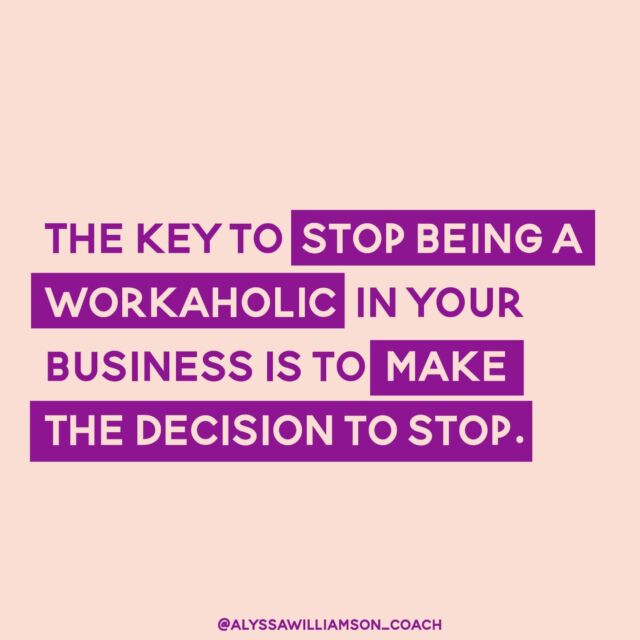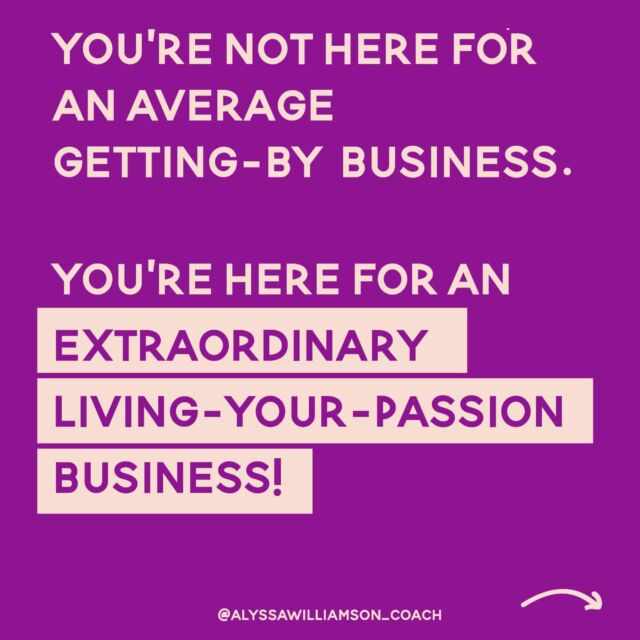
A Call to Action (CTA) is an image, text, or button that you position throughout your blog, newsletter, or other piece of content on your website. Their goal is to attract clicks by showing your viewers an irresistible offer or idea. The best Calls to Action are short and sweet, like a tagline, but they also ask your viewer to take a specific action right then.
Call now for a free guide! Get in touch! Schedule a free consultation today!
Seeing some similarities? Even in the simplest text-based CTAs, the first word is an action verb, often followed by a short description of what the viewer will get by taking that action. This structure tells a viewer that by clicking, they will be given an exclusive offer, reserved for those who are proactive enough to click or call. Now comes the hard part: Convincing your viewers that taking this specific action benefits them and their business directly.
Part of what attracts CTA clicks is a sense of your business’ story and your branding. (To learn more about business stories and how they fit intro your marketing, take a look at our past article about creating a compelling business story.) However, the text and image you use with your CTA can make or break your ability to attract clicks and convert viewers into customers.
{{cta(‘b7f5fc81-ea78-4f91-a697-6f230e55c547′,’justifycenter’)}}
Here are some key principles that separate click-worthy CTAs from those that are annoying or less engaging:
Simplicity
Keep your CTAs straightforward and visually simple. Filling an image with too much text text will ensure that your viewers do anything but click. Clearly state the action and benefit; employ just enough flair to stay consistent with your branding.
Action phrasing for button or link text
We’ve already touched on this, but using personalized action phrasing will attract more clicks. That’s because action phrasing forces you to quickly tell your viewers what you’re offering and how they can get it. With the right offer, you will see the clicks roll in.
Here’s an example:
Flat CTA text: Marketing can help your business grow!
Action phrasing: Grow your business today!
Include a compelling offer
You want your viewers to give their contact information or get in touch with you, but they should get something out of it! Try creating a simple guide or checklist that is specifically relevant to your ideal customers’ needs. This way, you not only give away something they want, you establish trust by showing your expertise.
Expectations & context
Use a Call to Action that your viewers expect. If you’re working with an attorney blog post about business taxation, then you should use a CTA that offers a download where they can get more information about business taxation. An irrelevant CTA will seem out of place and will subconsciously give your viewers the impression that maybe you don’t know what you’re doing.
Color definition
Design is crucial for an effective Call to Action, and a good place to start is making sure that you’re not throwing too many colors at your viewers. You want to catch their eye with your branding, but we’re well past the days of neon marquees. If you’re looking for some examples, check out these Call to Action examples from HubSpot.
{{cta(‘dd50bfd9-6a83-4315-aa6b-a97fe7c2b825’)}}
Limited motion
Sliding banners and overlays are popular right now, but if you’re going to use motion, it has to be specific and hyper-relevant to your viewer. When a general sliding banner asks a user to sign up for a non-specific email newsletter, most viewers click away. Remember that effective Calls to Action are specific and attract attention; they don’t force themselves into a viewer’s field of vision.
Level of your offer…
This goes beyond the basics of creating a CTA image, and delves into the buyer’s journey. Aske yourself: What would compel a new visitor to take action? Often, ‘Request a Quote’ is too broad and too much of a high level CTA, which will generate less clicks. Initial visitors often aren’t ready to commit to a quote – they want information about your topic and your company. You need to show your expertise and gain their trust before they are ready to take the next step to contact you.
Have you laid out the buyer’s journey as it relates to your website? Do you know what your visitors are really looking for? If not, contact us today to schedule an initial discussion of what you can do to improve clicks on your website!
Thanks for taking a look at our tips for making effective Calls to Action. We’re excited to help you learn more about online marketing and how to grow your business. Our CTAs have been placed throughout this blog post, and on the right hand navigation. Think about what worked and did not work for you, and use that to inform your next CTA!
{{cta(‘6c57823f-a258-471d-b88a-83e2de73679c’,’justifycenter’)}}


 , Work Less, Profit More...Create a Life You're Freakin Obsessed With
, Work Less, Profit More...Create a Life You're Freakin Obsessed With 






